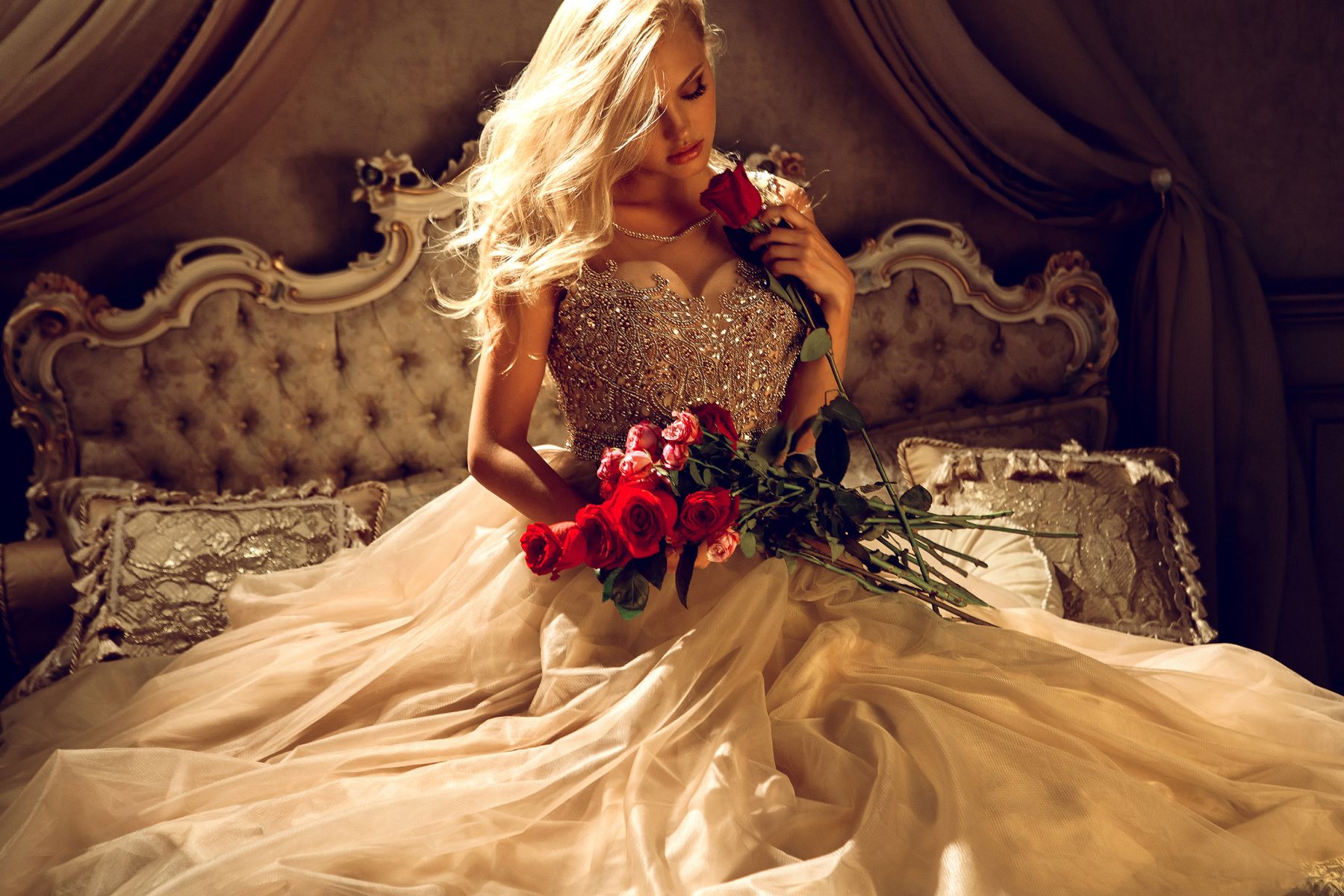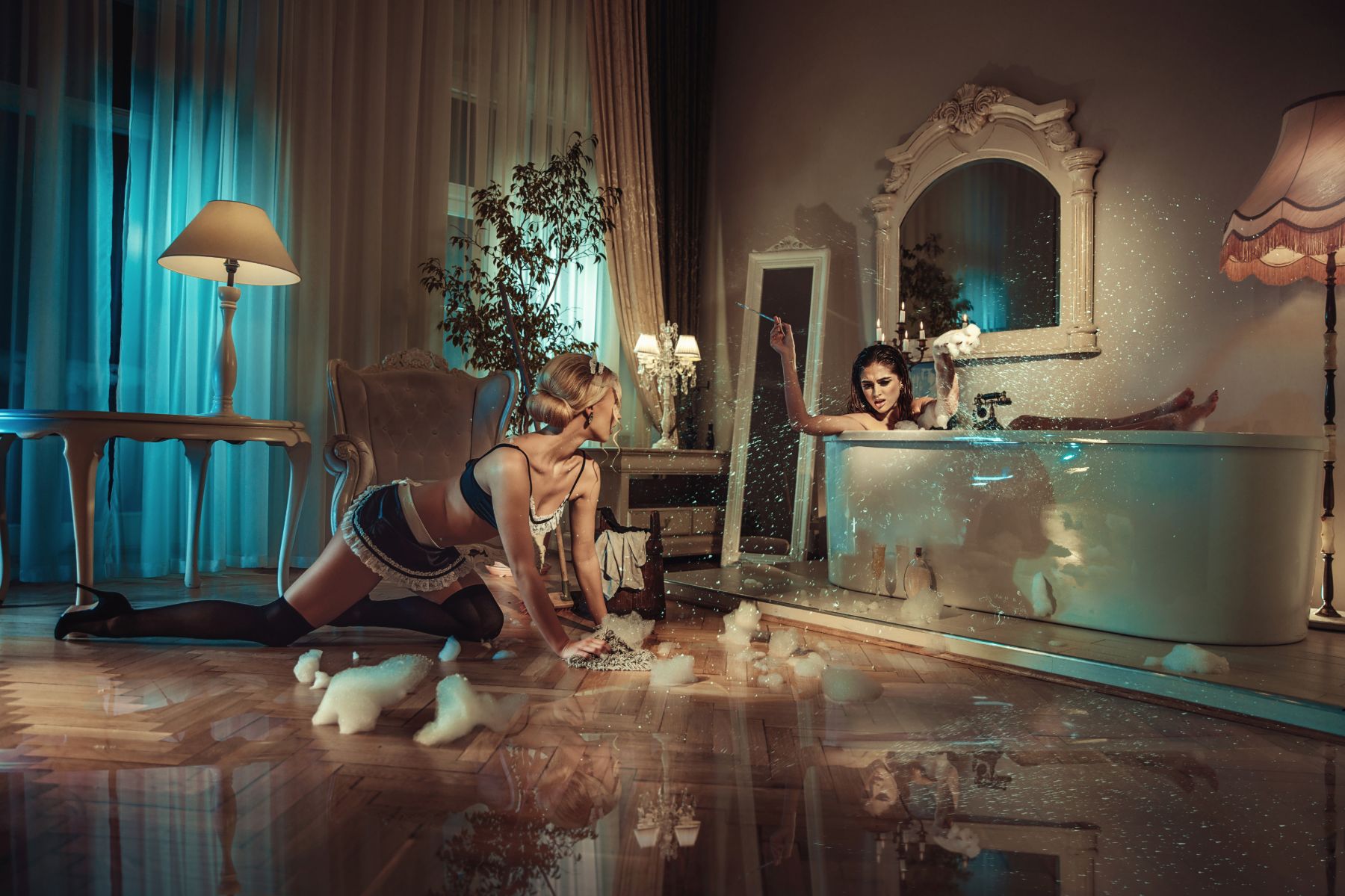Wedding jewellery has traditionally been used to demonstrate
the value of the bride’s dowry.
The bride-wain, the wagon in which the bride was driven to her new home, gave its name to the weddings of any poor deserving couple, who drove a “wain” round the village, collecting small sums of money or articles of furniture towards their housekeeping. These were called bidding-weddings, or bid-ales, which were in the nature of “benefit” feasts. So general is still the custom of “bidding-weddings” in Wales, that printers usually keep the form of invitation in type. Sometimes as many as six hundred couples will walk in the bridal procession.
The bride-wain, the wagon in which the bride was driven to her new home, gave its name to the weddings of any poor deserving couple, who drove a “wain” round the village, collecting small sums of money or articles of furniture towards their housekeeping. These were called bidding-weddings, or bid-ales, which were in the nature of “benefit” feasts. So general is still the custom of “bidding-weddings” in Wales, that printers usually keep the form of invitation in type. Sometimes as many as six hundred couples will walk in the bridal procession.

The bride-wain, the wagon in which the bride was driven to her new home, gave its name to the weddings of any poor deserving couple, who drove a “wain” round the village, collecting small sums of money or articles of furniture towards their housekeeping. These were called bidding-weddings, or bid-ales, which were in the nature of “benefit” feasts. So general is still the custom of “bidding-weddings” in Wales, that printers usually keep the form of invitation in type. Sometimes as many as six hundred couples will walk in the bridal procession.

The bride-wain, the wagon in which the bride was driven to her new home. These were called bidding-weddings, or bid-ales, which were in the nature of “benefit” feasts. So general is still the custom of “bidding-weddings” in Wales, that printers usually keep the form of invitation in type. Sometimes as many as six hundred couples will walk in the bridal procession.

